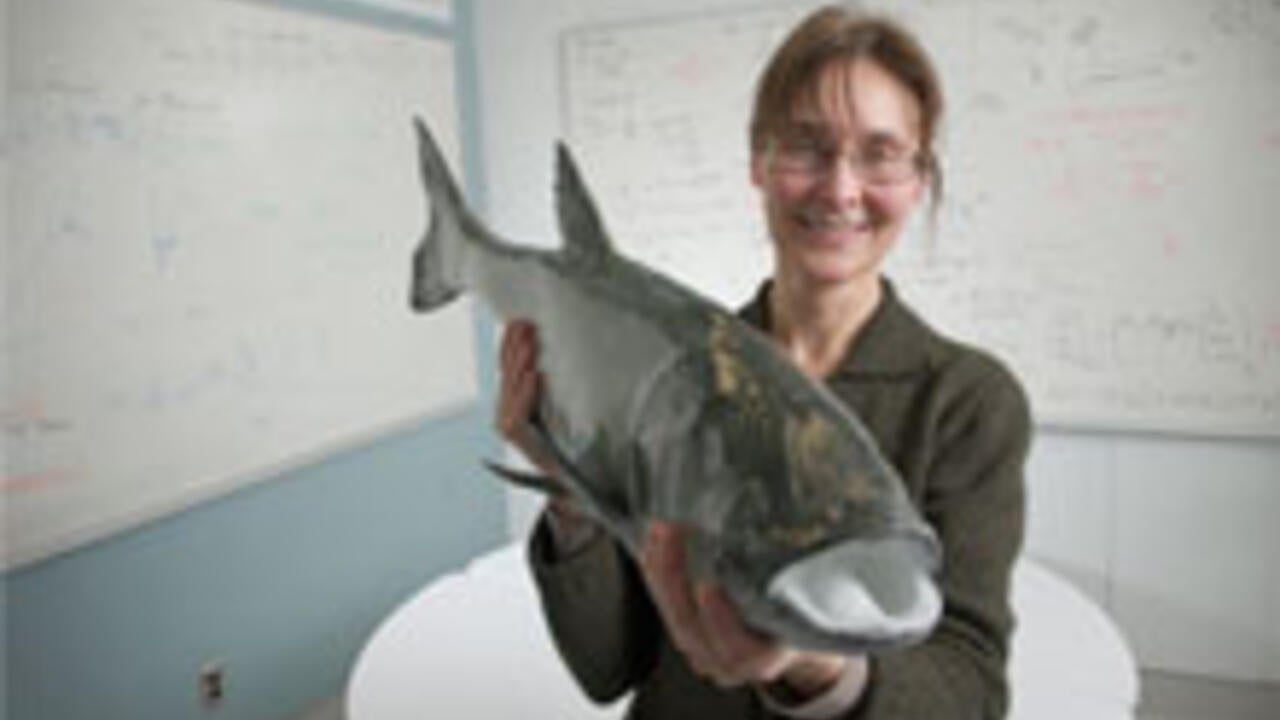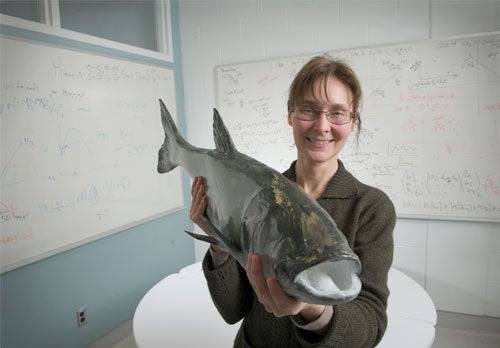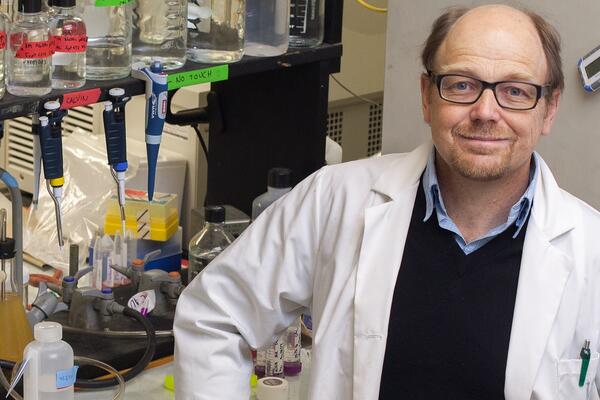
When invasive Asian carp look for love in all the right places
Many species gather at landmarks to find mates easily. When invasive species do this the results can be devastating, says Waterloo biologist

Many species gather at landmarks to find mates easily. When invasive species do this the results can be devastating, says Waterloo biologist
By Victoria Van Cappellen Faculty of ScienceIf you’re looking for love and there are ten bars in town, your chance of meeting someone is 10 per cent. In a town with only one bar, your odds are 100 per cent.
The same thing happens in nature and is called landmarking. Butterflies and other species find mates by gathering at easily identifiable locations such as the tallest tree or mountain.

When invasive species like Asian carp engage in this highly efficient mating practice, the results can be disastrous, says Kim Cuddington, an ecology professor in the Faculty of Science at the University of Waterloo. “For species like Asian carp, precautionary measures have to be extraordinary to prevent their establishment in the Great Lakes,” says Cuddington.
In a recent paper published in the journal Theoretical Ecology, Cuddington demonstrates how landmarking works and how it should play a key role in the way we approach population control – for both conserving endangered species and controlling invasive ones.
Cuddington turned to a branch of math called combinatorics, the most famous example of which is the birthday problem – how many people do you need before you have two people with the same birthday (the answer is 23).
Cuddington shows landmarking works the same way: What is the probability of a male finding a female at a fixed number of sites? The more prominent and rare the location is, the greater the chance a male will meet a female.
This highly efficient mate-finding strategy allows species to reproduce even when population densities are impossibly low. In 2013, Cuddington showed that only ten Asian carp are needed to establish a population in the Great Lakes.
Perhaps most importantly, her research highlights how landmarking cannot be managed intuitively.
For example with an endangered species, if the number of landmarked sites is increased, the individuals will have a lower chance of finding a mate. In contrast, decreasing the number of landmarked sites, in an effort to keep invasive species from reproducing, has the opposite effect, and ensures individuals have a near certain chance of finding a mate.
In the case of the Asian carp, these species use river water quality and flow rate as landmarks and can therefore find a mate more easily than originally thought.

Read more
Here are the people and events behind some of this year’s most compelling Waterloo stories

Read more
Discovery of a thick atmosphere on a lava world reshapes our understanding of rocky exoplanets

Dr. Brian Dixon, professor of biology at the University of Waterloo says there is a link between cold weather and getting sick. (University of Waterloo)
Read more
Waterloo researcher shares why we get sick when the mercury dips
The University of Waterloo acknowledges that much of our work takes place on the traditional territory of the Neutral, Anishinaabeg, and Haudenosaunee peoples. Our main campus is situated on the Haldimand Tract, the land granted to the Six Nations that includes six miles on each side of the Grand River. Our active work toward reconciliation takes place across our campuses through research, learning, teaching, and community building, and is co-ordinated within the Office of Indigenous Relations.